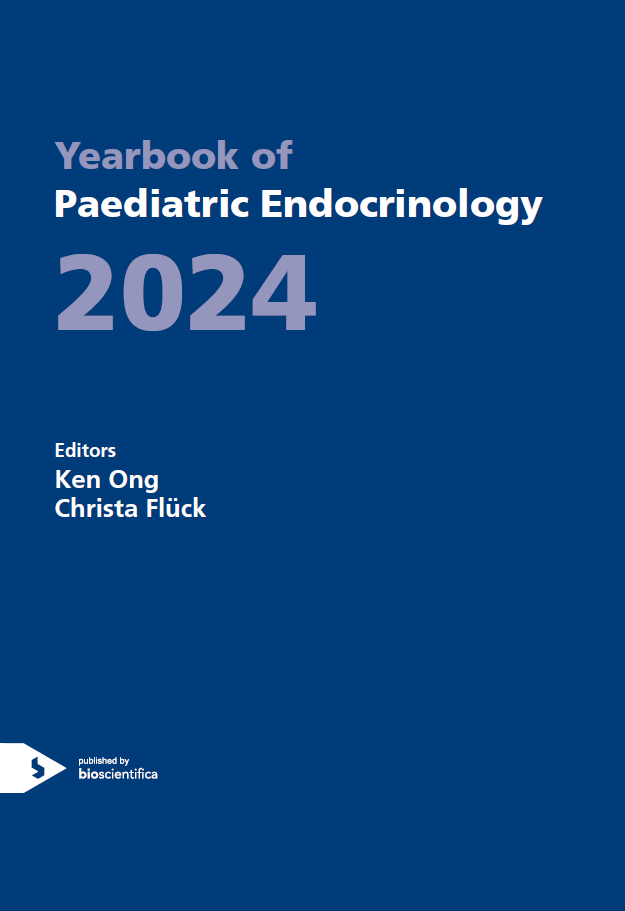ey0021.14-15 | Bone | ESPEYB21
14.15. Dominant negative variants in KIF5B cause osteogenesis imperfecta via down regulation of mTOR signaling
Marom Ronit , Zhang Bo , Washington Megan E. , Song I-Wen , Burrage Lindsay C. , Rossi Vittoria C. , Berrier Ava S. , Lindsey Anika , Lesinski Jacob , Nonet Michael L. , Chen Jian , Baldridge Dustin , Silverman Gary A. , Sutton V. Reid , Rosenfeld Jill A. , Tran Alyssa A. , Hicks M. John , Murdock David R. , Dai Hongzheng , Weis MaryAnn , Jhangiani Shalini N. , Muzny Donna M. , Gibbs Richard A. , Caswell Richard , Pottinger Carrie , Cilliers Deirdre , Stals Karen , Undiagnosed Diseases Network , Eyre David , Krakow Deborah , Schedl Tim , Pak Stephen C. , Lee Brendan H.
ey0021.14-16 | Bone | ESPEYB21
14.16. New horizons: translational aspects of osteomorphs
Park-Min Kyung-Hyun , Mun Se Hwan , Bockman Richard , McDonald Michelle M.




